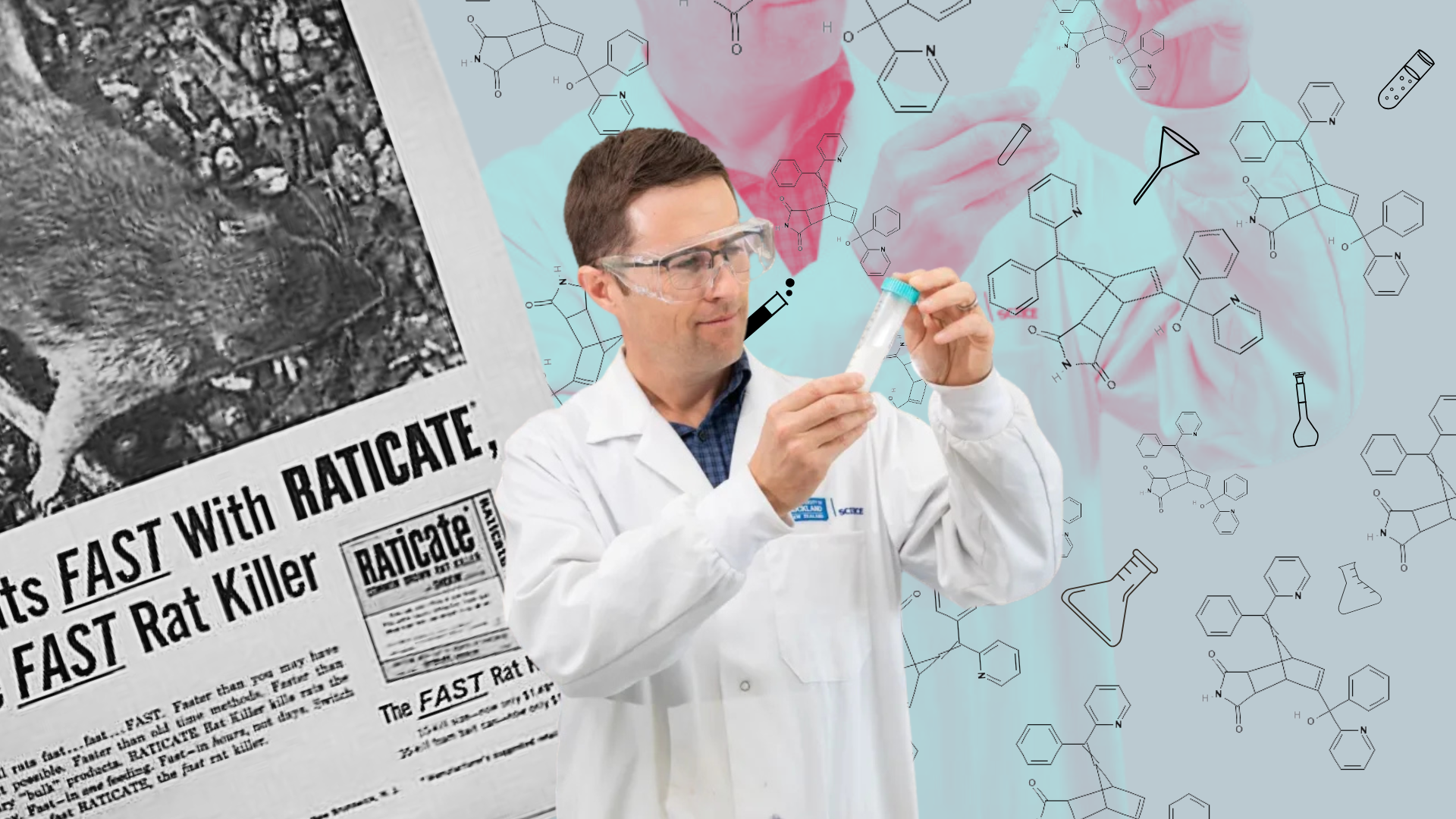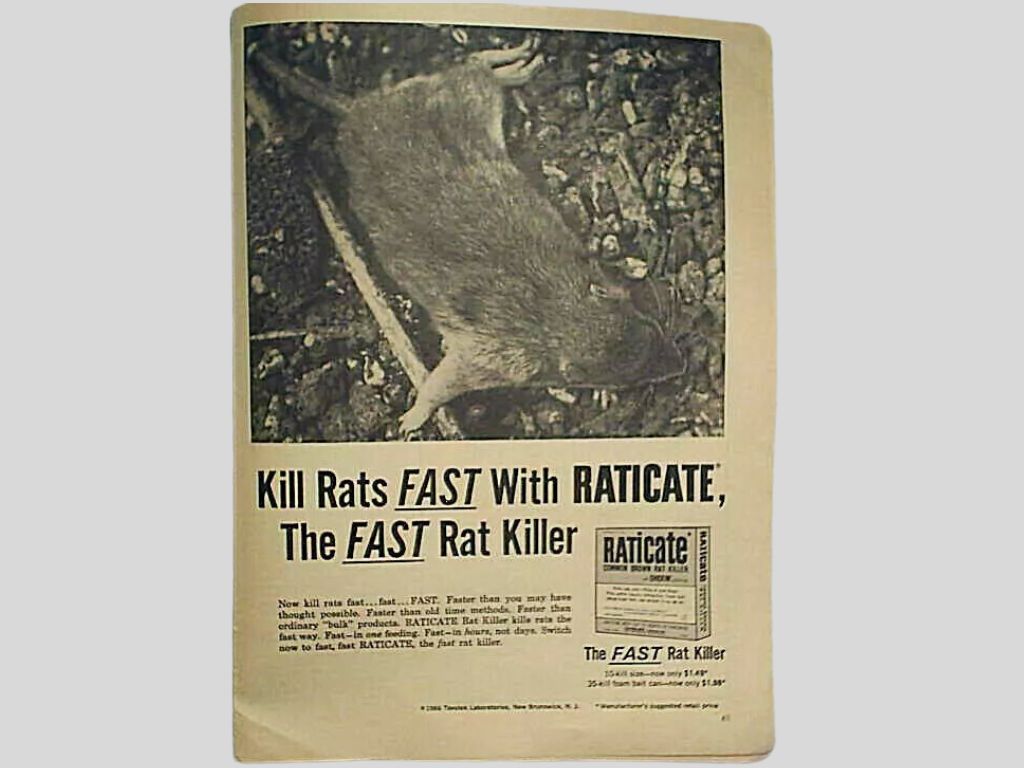A new breakthrough in predator control is on the horizon — a rat-specific toxin that leaves birds, pets, and livestock unharmed. Scientists worldwide have been exploring how to make it palatable to rats. We spoke with Dr Lee Shapiro about a new norbormide formulation and method, which he believes will be “an essential new tool in the predator free toolkit.”

A targeted approach
Rats thrive across most of the country: in our deepest forests, on farms, scurrying through compost bins, city streets, even our supermarkets. We have tools for controlling numbers in some environments, various toxins and traps, but they all come with their own complications and compromises.
What makes the toxin norbormide so exciting is that by targeting one species alone it can be used in any number of different environments safely.
Norbormide isn’t harmful to native birds or, indeed, any other creatures. It doesn’t bio-accumulate, i.e., it can’t be passed on to other animals who might scavenge any carrion, and it poses no danger to livestock or family pets.
A blast from the past
Norbormide has been around since the 1960s.
(Interesting side story: it was accidentally discovered in an American laboratory when researchers were searching for a new anti-rheumatic drug. When that didn’t work, they investigated its potential as an appetite suppressant. It had no ill effects on house mice or cats, but to their surprise, it had a remarkable effect on the Rattus species.)
As an ultra-targeted toxin, it has always had huge potential but has never been widely used. It is fast-acting, preventing the circulation of oxygen in the blood and killing its targets within an hour.
Unfortunately, this was also its downside.

“Rats are incredibly clever creatures; they have a feeding strategy that has allowed them to be very adaptive,” Lee explains. “When they enter a new environment, they will nibble on any unfamiliar food and essentially wait to see if it has any ill effects.”
If rats consumed a sub-lethal dose, they quickly became sick and learned to avoid it, so the compound largely faded into obscurity. “What you need are poisons with a slow onset of symptoms, or you need to trick them into eating it.”
Outsmarting the pests
The trick is pre-baiting, leaving a non-toxic form of the bait out for weeks and replacing it with the toxic version.
“The rat comes along and says “yeah, I know this” and you’ve already overcome that aversion.”
Lee has been working on this research with Boffa Miskell, the University of Auckland, and Invasive Pest Control, with funding from Predator Free 2050 Limited, conducting field trials and landing upon solutions to make the poison more palatable and find strategies to make the delivery as effective and efficient as possible.
The results have been promising. Norbormide-containing paste baits proved highly effective, achieving elimination of Norway rat populations on three poultry farms and ship rats at two large field test sites.
The research is now in the hands of the government to approve registration. If all goes to plan, norbormide could be in widespread usage across the country very soon.
“It’s not a silver bullet.”
Lee explains that other tools work better in different situations, such as GPS-guided 1080, AI smart traps, and others.
“Norbormide really fits by targeting rats and removing that risk to non-target species. It’s a tool for improving our ability to respond to rodent control across all the different habitat types, whether that’s off-shore, high country, native bush or urban environments.”
Norbormide’s targeted nature and relative safety make it an uncontroversial poison that can ramp up control of one of our biggest pests and ultimately make the 2050 target more achievable.

